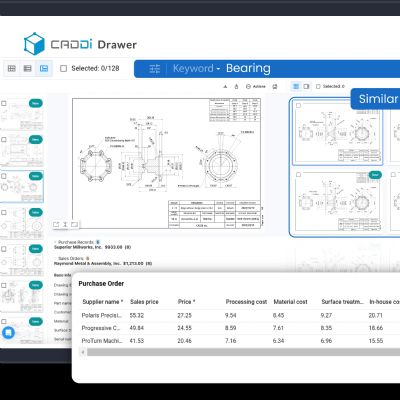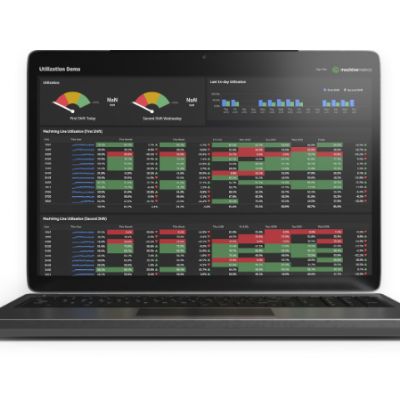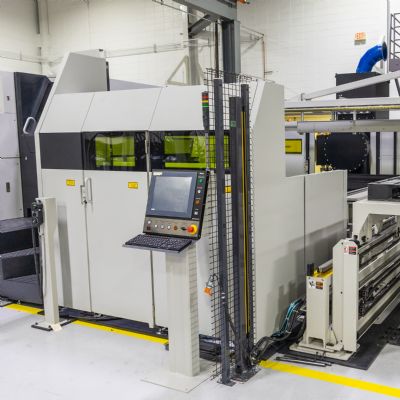The process of machine qualification covers various topics to ensure performance, which again can change due to industry and applications. As an aerospace and defense contract manufacturer, LAI’s machine-qualification path is similar to others in our industry. At a high level, it includes the major topics of safety, maintenance, quality assurance and production. Let’s look at what goes into each of these categories.
Safety—Above all, we must protect our machine operators and associates working within the machine’s vicinity. Any process or hardware changes must ensure that all limits, alarms, lockout/tagout and signage are still working and appropriate.
Maintenance—With any process changes, ensure that all maintenance instructions and schedules are relevant. In addition, perform all preventive maintenance before qualifying the machine.
Quality Assurance—This category is specific to the machine and material performance. At LAI, quality assurance includes executing from one to three standard builds, depending on the qualification level. The builds comprise various articles to test including physical properties, mechanical specimens, geometry-limitation features and dimensional-accuracy pieces. We label each of these pieces for traceability of location in the build chamber, so that when we review the data, we can evaluate the performance quantitatively with respect to location. Evaluate these various performance indicators throughout the build and at the extremes of the build area to prove that the material is melting consistently. All data collected in quality assurance must be documented and stored for later use. Many customers request proof-of-machine qualification.
Production—For users in serial-production scenarios, any machine qualification (or requalification) requires evaluation against the production requirements to ensure that any process changes or updates did not affect the production parts. This is especially true for a locked process, and often can lead to an engineering change notice. Documenting the change is essential to provide historical evidence as to why changes are made, and proof of how they impact the part quality, cost and delivery.
Machine qualification is only one part of the standard work and procedures needed for an effective, repeatable, locked process, but it is a significant step in taking your AM strategy from a prototyping effort to a production-viable process. At the start of machine-qualification implementation, this may seem like an extra or above-and-beyond step, especially if inspections and material analysis occurs consistently in each part build. However, once implemented and through a few cycles of qualification, this can be a great way to collect baseline material data and prove machine consistency. It also makes it much easier to identify when/if a process change negatively effects the product, because you can rely on the historical data as a comparison.
To learn more about machine qualification, or must-have parts built on a qualified machine, contact Caitlin Oswald, additive manufacturing director at LAI International: Coswald@laico.com, 612/300-8722. 3DMP
See also: LAI International Inc
Technologies:









